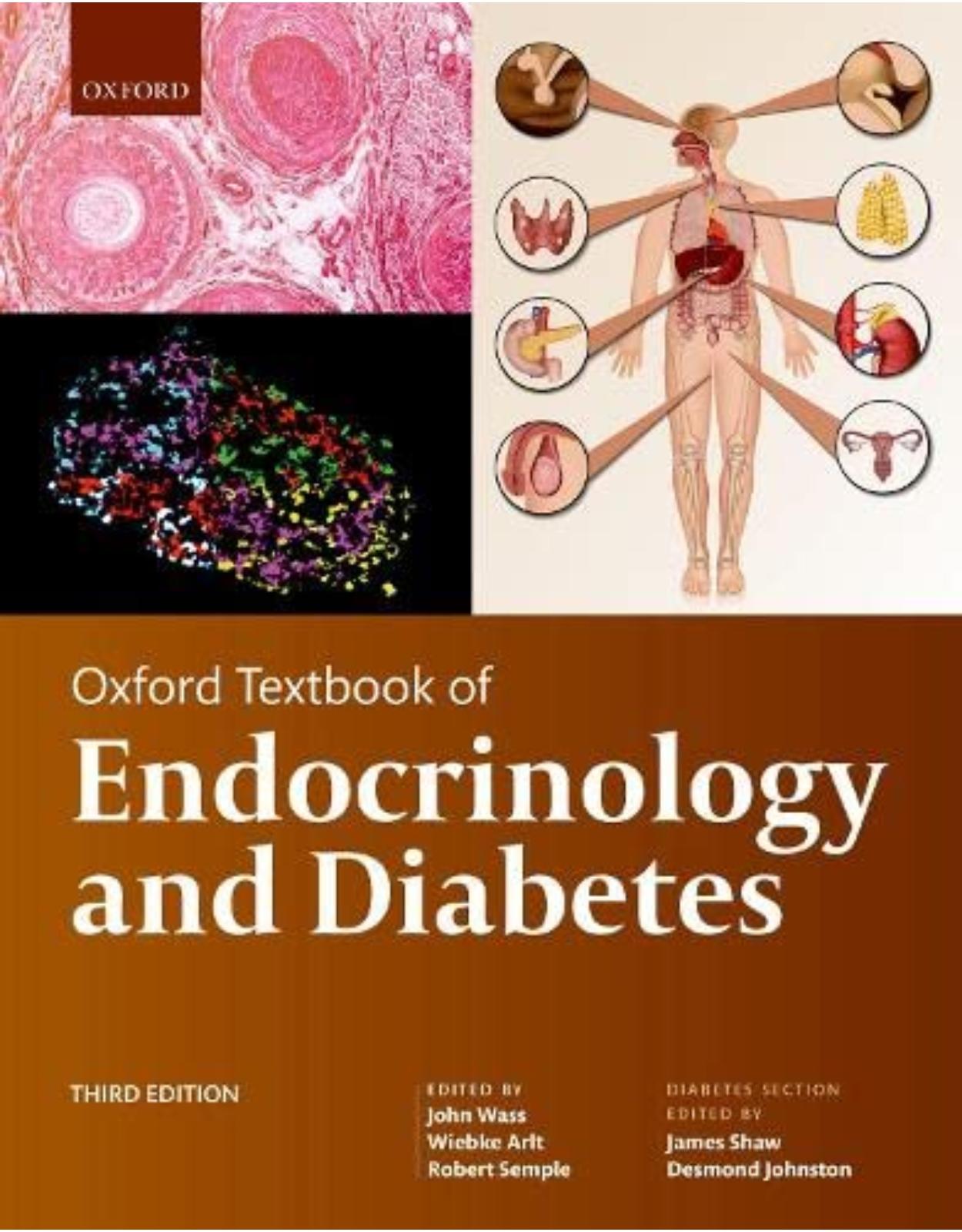
Oxford Textbook of Endocrinology and Diabetes 3e
Livrare gratis la comenzi peste 500 RON. Pentru celelalte comenzi livrarea este 20 RON.
Disponibilitate: La comanda in aproximativ 4 saptamani
Editura: Oxford University Press
Limba: Engleza
Nr. pagini: 1300
Coperta: Hardcover
Dimensiuni:
An aparitie: 10 Mar 2022
Description:
Now in its third edition, the Oxford Textbook of Endocrinology and Diabetes is an up-to-date, objective and comprehensive text that covers the full scope of endocrinology and diabetes. It contains wide ranging and pragmatic advice on diagnosis and clear guidelines for recommended management, while also covering the scientific principles that underlie the medical practice in this important field. The book has been re-organised into 15 overarching sections, with new sections on Endocrinology of Pregnancy and Management of the Transgender Patient included. All other sections have been extensively updated and restructured. Each chapter is written by an internationally acknowledged expert, relates basic science to evidence based guidelines and clinical management, and where appropriate offers an outline of the controversies in the subject. The textbook has an international focus and deals with subject matter applicable across the globe. The new edition has over 800 images complementing the extensive text and information provided. The book is a 'one-stop' text for trainees and consultants in Endocrinology and Diabetes, residents, those preparing for sub-specialty exams and other professionals allied to the area who need to gain an understanding of the field. It acts as both a point of reference for the experienced consultant as well as a trusted training resource. Purchase of the print work also includes full access to the online edition of the textbook for the life of the edition.
Table of Contents:
Section 1 Principles of Basic and Clinical Endocrinology
1.1 Endocrine Practice Fundamentals
1.2 Hormones and Receptors: Fundamental Considerations
1.3 Molecular Aspects of Hormone Regulation
1.4 Endocrinology and Evolution: Lessons from Comparative Endocrinology
1.5 Hormones Across the Lifespan
1.6 Pituitary Assessment Strategy
1.7 Endocrine Autoimmunity
1.8 Common Features of Endocrine Tumours
1.9 Genetic Aspects of Endocrine Disease
1.10 Environmental Influences on Endocrine Disease
1.11 Endocrinology, Sleep, and Circadian Rhythms
1.12 Principles of Hormone Replacement
1.13 Prevention in Endocrinology
Section 2 Pituitary and Hypothalamic Diseases
2.1 Functional Anatomy of the Hypothalamus and Pituitary
2.2 The Neurohypophysis
2.3 Aetiology, Pathogenesis, and Management of Disease of the Pituitary
2.3.1 Development of the Pituitary and Genetic Forms of Hypopituitarism
2.3.2 Molecular Pathogenesis of Pituitary Tumours
2.3.3 Histopathology of Pituitary Tumours
2.3.4 Imaging of the Pituitary
2.3.5 Hypopituitarism: Replacement of Adrenal, Thyroid, and Gonadal Axes
2.3.6 Adult Growth Hormone Deficiency
2.3.7 Surgery of Pituitary Tumours
2.3.8 Pituitary Radiotherapy
2.3.9 Prolactinomas and Hyperprolactinaemia (Including Macroprolactinaemia)
2.3.10 Acromegaly
2.3.11 Clinically Non-Functioning Pituitary Tumours and Gonadotropinomas
2.3.12 Thyrotropinomas
2.3.13 Pituitary Carcinoma
2.3.14 Pituitary Incidentalomas
2.4 Aetiology, Pathogenesis, and Management of Diseases of the Hypothalamus
2.4.1 Hypothalamic Dysfunction (Hypothalamic Syndromes)
2.4.2 Craniopharyngiomas
2.4.3 Perisellar Tumours Including Cysts, Hamartomas, and Vascular Tumours
2.4.4 Lymphocytic Hypophysitis and other Inflammatory Conditions of the Pituitary
2.5 Pineal Physiology and Pathophysiology, Including Pineal Tumours
Section 3 Thyroid Disease
3.1 Evaluation of the Thyroid Patient
3.1.1 The History and Iconography Relating to the Thyroid Gland
3.1.2 Biosynthesis, Transport, Metabolism, and Actions of Thyroid Hormones
3.1.3 Clinical Assessment of the Thyroid Patient
3.1.4 Thyroid Function Tests and the Effects of Drugs
3.1.5 Non-Thyroidal Illness (NTI)
3.1.6 Thyroid Imaging: Nuclear Medicine Techniques
3.1.7 Thyroid Imaging: Non-Isotopic Techniques
3.1.8 Epidemiology of Thyroid Disease and Swelling
3.2 Aetiology of Thyroid Disorders
3.2.1 The Complex Genetics of Thyroid Disease
3.2.2 Environmental Factors
3.2.3 Iodine Deficiency Disorders
3.2.4 Radiation-Induced Thyroid Disease
3.2.5 Autoimmune Thyroid Disease
3.2.6 Thyroiditis
3.3 Thyrotoxicosis and Related Disorders
3.3.1 Clinical Assessment and Systemic Manifestations of Thyrotoxicosis
3.3.2 Thyrotoxic Periodic Paralysis
3.3.3 Thyrotoxic Storm
3.3.4 Subclinical Hyperthyroidism
3.3.5 Causes and Laboratory Investigations of Thyrotoxicosis
3.3.6 Antithyroid Drugs for Thyrotoxicosis
3.3.7 Radioiodine Treatment of Hyperthyroidism
3.3.8 Surgery for Thyrotoxicosis
3.3.9 Management of Graves’ Hyperthyroidism
3.3.10 Graves’ Orbitopathy and Dermopathy
3.3.11 Management of Toxic Multinodular Goitre and Toxic Adenoma
3.3.12 Management of Thyrotoxicosis Without Hyperthyroidism
3.4 Hypothyroidism
3.4.1 Clinical Assessment and Systemic Manifestations of Hypothyroidism
3.4.2 Causes and Laboratory Investigation of Hypothyroidism
3.4.3 Myxoedema Coma
3.4.4 Subclinical Hypothyroidism
3.4.5 Syndromes of Resistance to Thyroid Hormone
3.4.6 Treatment of Hypothyroidism
3.5 Thyroid Lumps
3.5.1 Pathogenesis of Non-Toxic Goitre
3.5.2 Management of Non-Toxic Multinodular Goitre
3.5.3 Management of the Single Thyroid Nodule
3.5.4 Pathogenesis of Thyroid Cancer
3.5.5 Pathology of Thyroid Cancer
3.5.6 Papillary, Follicular, and Anaplastic Thyroid Carcinoma and Lymphoma
3.5.7 Medullary Thyroid Carcinoma
Section 4 Parathyroid, Calcium and Bone Metabolism Disorders
4.1 Parathyroid Anatomy, Hormone Synthesis, Secretion, Action, and Receptors
4.2 Hypercalcaemia
4.3 Primary Hyperparathyroidism
4.4 Familial Hypocalciuric Hypercalcaemia Types 1–3 and Neonatal Severe Primary Hyperparathyroidism
4.5 Hypocalcaemic Disorders, Hypoparathyroidism, and Pseudohypoparathyroidism
4.6 Bones and the Kidney—The Practical Conundrum: Distinguishing Between Osteoporosis and the Bone Diseases that Accompany Chronic Renal Failure
4.7 Hypercalcaemic and Hypocalcaemic Syndromes in Children
4.8 Osteoporosis
4.9 Thyroid Disorders and Bone Disease
4.10 Paget’s Disease of Bone
4.11 Rickets and Osteomalacia (Acquired and Heritable Forms)
4.12 Glucocorticoid-Induced Osteoporosis
Section 5 Adrenal Diseases
5.1 Adrenal Imaging
5.2 Adrenal Surgery
5.3 Adrenal Incidentaloma
5.4 Adrenocortical Cancer
5.5 Phaeochromocytoma and Paraganglioma
5.5.1 Genetics of Phaeochromocytomas, Paragangliomas, and Neuroblastoma
5.5.2 Management of Phaeochromocytoma and Paraganglioma
5.6 Primary Aldosteronism
5.6.1 Genetics of Primary Aldosteronism and Other Steroid-Related Causes of Endocrine Hypertension
5.6.2 Management of Primary Aldosteronism
5.7 Cushing’s Syndrome
5.8 Adrenal Insufficiency
5.8.1 Genetics of Adrenal Insufficiency
5.8.2 Management of Adrenal Insufficiency
5.9 Congenital Adrenal Hyperplasia
5.9.1 Genetics of Congenital Adrenal Hyperplasia
5.9.2 Modern Management of Congenital Adrenal Hyperplasia and Prospects for the Future
Section 6 Neuroendocrine Tumours and Inherited Endocrine Tumour Syndromes
6.1 Overview and Pathophysiology of Neuroendocrine Neoplasms
6.2 Neuroendocrine Tumour Markers
6.3 Carcinoid Syndrome
6.4 Lung Neuroendocrine Tumours
6.5 Non-Functioning Pancreatic Neuroendocrine Tumours
6.6 Gastrinoma
6.7 Insulinoma and Hypoglycaemia
6.8 Glucagonoma
6.9 Vasointestinal Polypeptide Secreting Tumours
6.10 Somatostatinoma
6.11 Imaging Neuroendocrine Tumours of the Gastrointestinal Tract/Gastroenteropancreatic Neuroendocrine Tumours (GEP-NET)
6.11.1 Multiple Endocrine Neoplasia Type 1
6.11.2 Multiple Endocrine Neoplasia Type 2a and 2b
6.12 Familial Syndromes and Genetic Causes of Paraganglioma and Phaeochromocytoma
6.13 Carney’s Complex
6.14 Molecular and Clinical Characteristics of the McCune–Albright Syndrome
6.15 Cowden Syndrome
Section 7 Disorders of Growth, and Development and Transition
7.1 Growth and Its Disorders
7.1.1 Recognizing Normal and Disordered Growth
7.1.2 Disorders of the GH-IGF Axis
7.1.3 Short Stature in Children Born Small for Gestational Age
7.1.4 Growth Disorders with No Defined Aetiology
7.1.5 Tall Stature
7.2 Sex Development
7.2.1 Sex Determination and Differentiation: Physiology Leading to Male and Female Development
7.2.2 Disorders of Sex Development (DSD) in the Newborn
7.3 Pubertal Disorders
7.3.1 Recognizing Normal and Disordered Pubertal Development
7.3.2 Pubertal Delay and Hypogonadism
7.3.3 Precocious Puberty: Diagnosis and Management
7.4 Transition in Endocrinology
Section 8 Female Reproductive Endocrine Disorders
8.1 Normal Female Endocrinology and Ovarian Disorders
8.1.1 Neuroendocrinology of Reproduction: The Role of Hypothalamus and Pituitary
8.1.2 Ovarian and Uterine Development from Fetal Life to Puberty
8.1.3 Menstrual Cycle and Ovulation
8.2 Evaluation of the Female Patient with Suspected Reproductive Endocrine Disorders
8.2.1 Clinical Evaluation of Patients with Suspected Reproductive Endocrine Disorders
8.2.2 Laboratory Evaluation
8.3 Female Reproductive Endocrinology
8.3.1 Disorders of Gonadotropin Secretion
8.3.2 Hyperprolactinaemia
8.3.3 Premenstrual Syndrome
8.4 Polycystic Ovary Syndrome and Other Androgen Excess Disorders
8.4.1 Polycystic Ovary Syndrome: Definitions, Phenotypes, Prevalence, and Genetics
8.4.2 Polycystic Ovary Syndrome: Reproductive Aspects
8.4.3 Polycystic Ovary Syndrome: Metabolic Aspects
8.4.4 Polycystic Ovary Syndrome: Hirsutism
8.5 Female Hypogonadism in Pre- and Post-Menopause
8.5.1 Female Hypogonadism: Premature Ovarian Insufficiency
8.5.2 Female Hypogonadism: Endocrinology of the Menopause and Hormone Replacement Therapy
8.6 Female Infertility
8.6.1 Female Infertility and Assisted Reproduction
8.6.2 Female Infertility: Fertility Preservation
8.7 Hormonal Contraception
8.7.1 Hormonal Contraception
8.8 Exogenous Factors and Female Reproductive Health
8.8.1 Exogenous Factors and Female Reproductive Health: Common Extragonadal Endocrinopathies Affecting Reproduction
8.8.2 Exogenous Factors and Female Reproductive Health: Nutrition and Reproduction
8.8.3 Exogenous Factors and Female Reproductive Health: Environment and Reproduction
Section 9 Endocrine Disorders of Pregnancy
9.1 General Considerations Relating to Thyroid Disease in Pregnancy
9.2 Management of Thyroid Disorders Before Assisted and Spontaneous Pregnancies
9.3 Thyroid Disease During Pregnancy
9.4 Management of Thyroid Disorders After Pregnancy
9.5 Thyroid Disorders in Newborns
9.6 Pituitary Tumours in Pregnancy
9.7 Other Disorders of the Pituitary and Hypothalamus in Pregnancy
9.8 Adrenal Disease in Pregnancy
9.9 Endocrine Bone Disease in Pregnancy
9.10 Imaging of Endocrine Disorders in Pregnancy
Section 10 Male Reproductive Endocrine Disorders
10.1 Normal Male Reproductive Endocrinology
10.1.1 Endocrine and Local Regulation of Testicular Hormone and Sperm Production
10.1.2 Sex Steroid Actions in the Male
10.2 Evaluation of the Male Patient with Suspected Hypogonadism and/or Infertility
10.2.1 Clinical Evaluation
10.2.2 Endocrine Evaluation
10.2.3 Diagnostic Semen Analysis
10.3 Klinefelter’s Syndrome
10.4 Male Adult Hypogonadism
10.4.1 Aetiology
10.4.2 Types of Treatment
10.4.3 Induction of Spermatogenesis by Gonadotrophin Treatment
10.4.4 Benefits of Testosterone Treatment
10.4.5 Risks of Testosterone Treatment
10.5 Management of Idiopathic Male Infertility
10.6 Hypothalamo–Pituitary–Testicular Axis Function in Systemic Diseases and Effects of Medications
10.7 Management of Male Sexual Dysfunction
10.8 Hormonal Male Contraception
10.9 Management of Gynaecomastia
10.10 Exogenous Factors and Male Reproductive Health
10.10.1 Environmental Influences on Male Reproductive Health
Section 11 Management of the Transgender Patient
11.1 Introduction to Transgender and Gender Diverse People
11.2 Endocrine Treatment of Transgender Youth
11.3 Hormone Therapy in Transgender Women
11.4 Hormone Therapy in Transgender Men
11.5 Fertility Options for Transgender Persons
Section 12 Endocrine Responses to Systemic Diseases or Substance Misuse
12.1 Endocrinology of Systemic Disease
12.1.1 The Endocrine Response to Stress
12.1.2 Endocrinology in the Critically Ill
12.1.3 Hormones and the Kidney
12.1.4 The Endocrinology of Liver Disease
12.1.5 Endocrine Abnormalities in HIV Infection
12.1.6 The Endocrinology of Anorexia Nervosa
12.2 Endocrine Complications of Substance Misuse
12.2.1 Endocrinology and Alcohol
12.2.2 Use and Abuse of Performance-Enhancing Hormones in Sport
12.2.3 Effect of Opioids on Adrenal and Reproductive Endocrinology
Section 13 Endocrinology of Cancer
13.1 Endocrine Disorders Caused by Cancer or its Treatment
13.1.1 Metastatic Disease in Endocrine Organs
13.1.2 Paraneoplastic Endocrine Syndromes
13.1.3 Long-Term Endocrine Sequelae of Cancer Therapy
13.1.4 Endocrine Complications of Biological Cancer Therapies
13.2 Hormonal Therapy for Breast and Prostatic Cancers
13.2.1 The Breast: Lactation and Breast Cancer as an Endocrine Disease
13.2.2 Endocrine Treatment of Breast Cancer
13.2.3 Hormonal Therapy for Prostate Cancer: Molecular Basis of Efficacy and Therapeutic Bypass
Section 14 Obesity, Dyslipidaemia and other Metabolic Disorders
14.1 Obesity
14.1.1 The Physiology of Bodyweight Regulation
14.1.2 Obesity as a Public Health Problem
14.1.3 Medical Complications of Obesity
14.1.4 Dietary and Medical Management of Obesity
14.1.5 Metabolic Surgery
14.1.6 Assessment of Obesity in Children
14.1.7 Management of Obesity in Children and Young People
14.1.8 Planning Obesity Care Pathways
14.2 Lipoprotein Metabolism and Dyslipidaemia
14.2.1 Lipoprotein Metabolism
14.2.2 Genetic Forms of Dyslipidaemia
14.3 Other Metabolic Disorders
14.3.1 Hyperinsulinaemic Hypoglycaemia
14.3.2 Autoimmune Hypoglycaemia
14.3.3 Disorders of Carbohydrate Metabolism
14.3.4 Haemochromatosis and Other Inherited Diseases of Iron Metabolism
14.3.5 The Porphyrias
Section 15 Diabetes Mellitus
15.1 Introduction to Diabetes Mellitus
15.1.1 Physiology of Glucose Homeostasis
15.1.2 Classification and Diagnosis of Diabetes Mellitus
15.2 Type 1 Diabetes
15.2.1 Epidemiology and Public Health
15.2.2 Presentation and Natural History of Type 1 Diabetes
15.2.3 Pathogenesis
15.3 Type 2 Diabetes
15.3.1 Epidemiology and Public Health
15.3.2 Presentation and Natural History of Type 2 Diabetes
15.3.3 Pathogenesis
15.4 Non Type 1, Non Type 2 Diabetes
15.4.1 Diagnosis of Non Type 1, Non Type 2 Forms of Diabetes
15.5 Principles of Management of Diabetes
15.5.1 Structured Education
15.5.2 Glucose Monitoring and Sensing
15.5.3 Insulins and Insulin Delivery Devices
15.5.4 Non-Insulin Glucose-Lowering Agents
15.5.5 Hypoglycaemia in the Treatment of Diabetes Mellitus
15.6 Evidence-Based Management of Type 1 Diabetes
15.6.1 Strategies for the Management of Type 1 Diabetes
15.6.2 Psychological and Behavioural Aspects of Type 1 Diabetes Management
15.6.3 Immunotherapy for Type 1 Diabetes
15.6.4 Transplantation (Islet and Solid Organ)
15.7 Evidence-based Prevention and Management of Type 2 Diabetes
15.7.1 Strategies for the Management of Type 2 Diabetes
15.7.2 Psychological and Behavioural Aspects of Type 2 Diabetes Management
15.7.3 Type 2 Diabetes in Different Ethnic Groups
15.7.4 Prevention of Type 2 Diabetes
15.8 Emerging Approaches to Restoring Euglycaemia in Diabetes
15.8.1 Regenerative Medicine for Diabetes
15.8.2 “Closed Loop” Insulin Delivery
15.9 Emergency and Hospital Management of Diabetes
15.9.1 Hyperglycaemic Emergencies
15.9.2 Management of the Inpatient with Diabetes Mellitus
15.9.3 Care of Diabetes in ICU and Perisurgery
15.10 Specialized Management of Other forms of Diabetes
15.10.1 Monogenic Forms of Diabetes Resulting from Beta-Cell Dysfunction
15.10.2 Lipodystrophies and Severe Insulin Resistance Syndromes
15.10.3 Diabetes Secondary to Pancreatic Disease
15.10.4 Diabetes Secondary to Endocrine Disorders
15.10.5 Diabetes in Pregnancy
15.11 Psychiatry and Diabetes
15.11.1 Type 1 Diabetes and Psychiatry
15.11.2 Type 2 Diabetes and Psychiatry
15.12 Microvascular Complications of Diabetes
15.12.1 Pathogenesis of Microvascular Complications
15.12.2 Retinopathy
15.12.3 Diabetic Nephropathy
15.12.4 Diabetic Neuropathy
15.13 Macrovascular Disease in Diabetes
15.13.1 Mechanisms of Macrovascular Disease in Diabetes
15.13.2 Macrovascular Disease in Type 2 Diabetes
15.13.3 Macrovascular Disease in Type 1 Diabetes
15.13.4 Diabetic Dyslipidaemia
15.13.5 Hypertension in Diabetes Mellitus
15.14 The Diabetic Foot
15.14.1 Modern Management of Diabetes-Related Foot Disease
15.15 Delivery of Diabetes Care
15.15.1 Diabetes Service Organization
15.15.2 Health Economics of Diabetes Care and Prevention
Index
| An aparitie | 10 Mar 2022 |
| Autor | John Wass, Wiebke Arlt, Robert Semple |
| Editura | Oxford University Press |
| Format | Hardcover |
| ISBN | 9780198870197 |
| Limba | Engleza |
| Nr pag | 1300 |
-
1,11000 lei 95100 lei

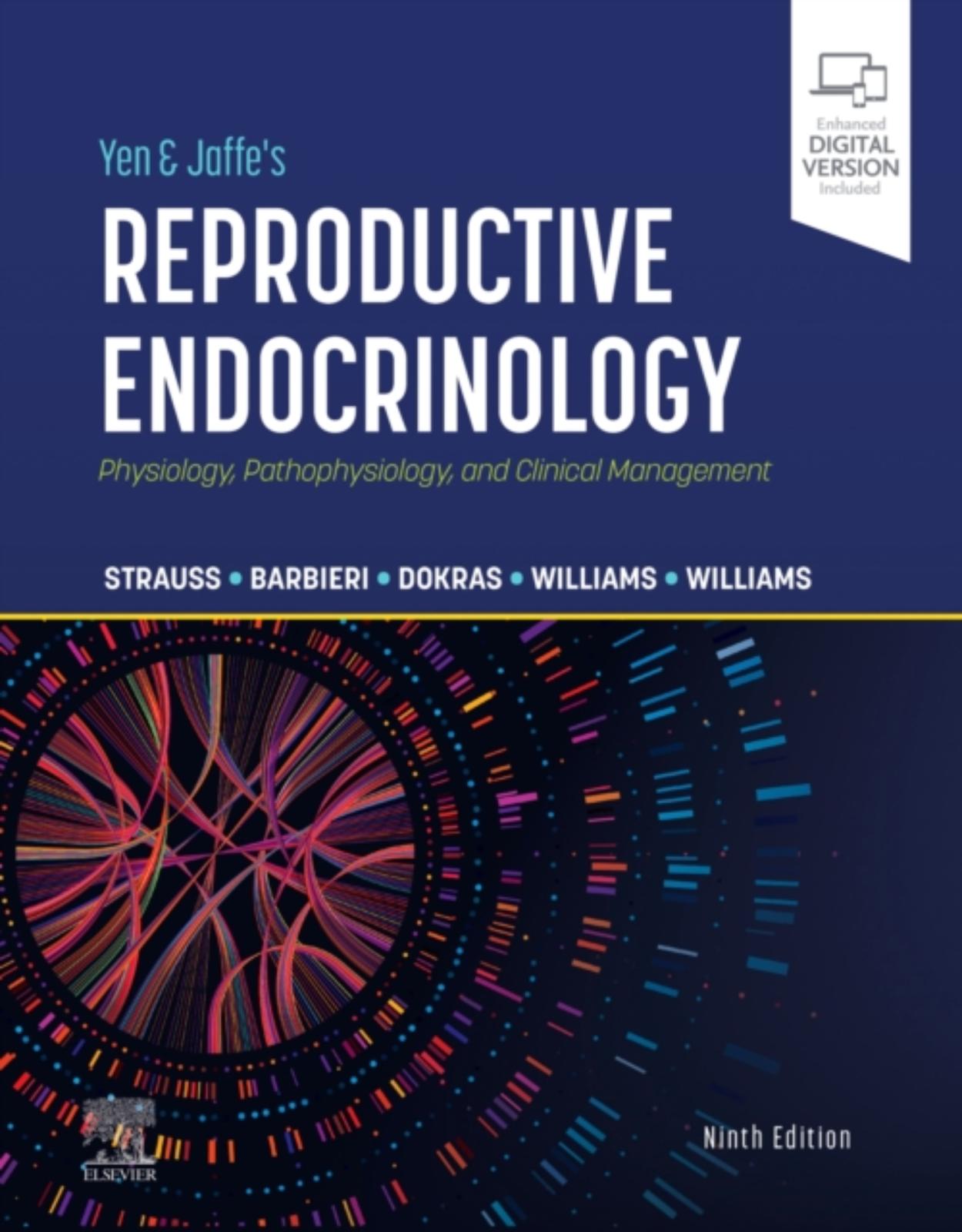
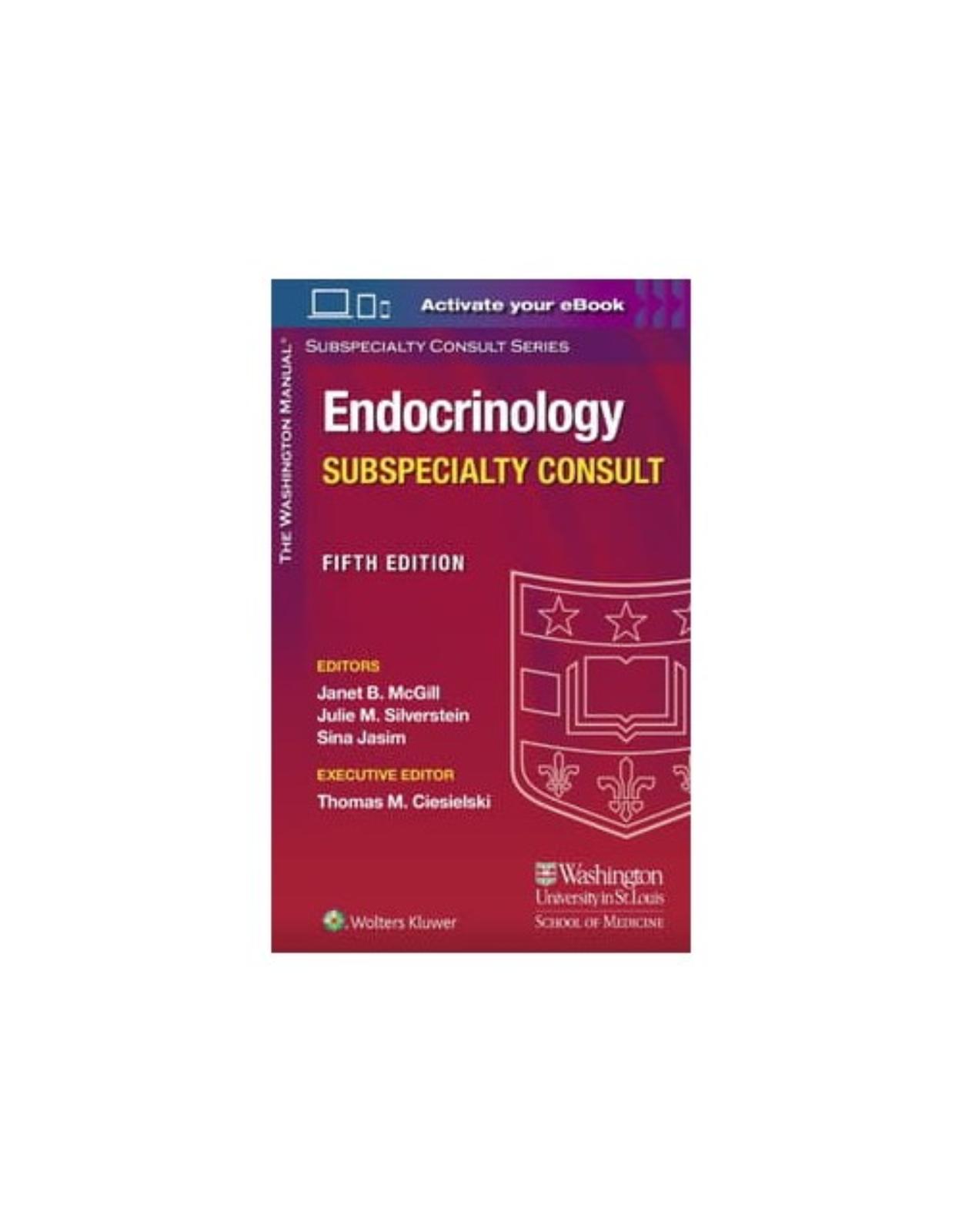
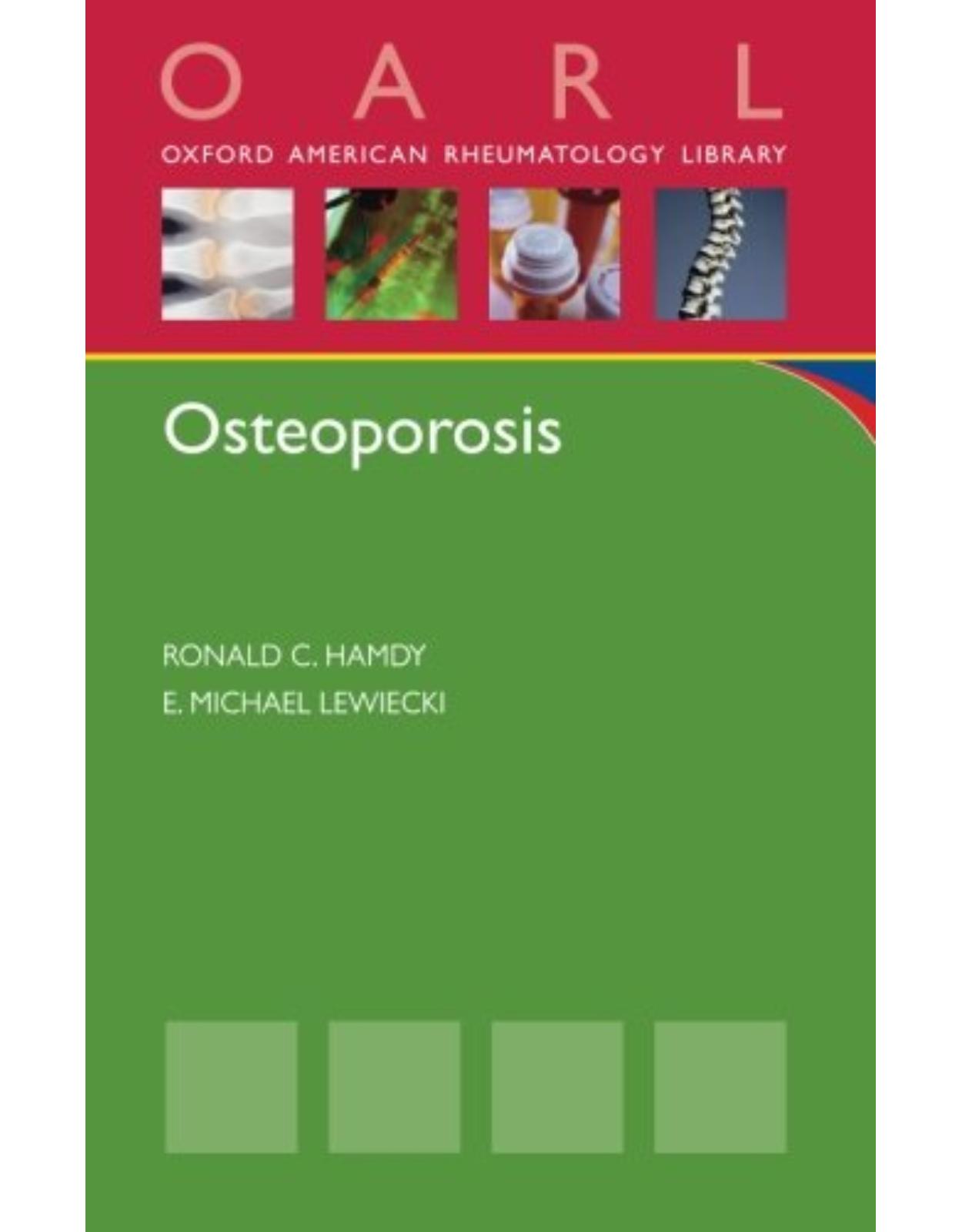
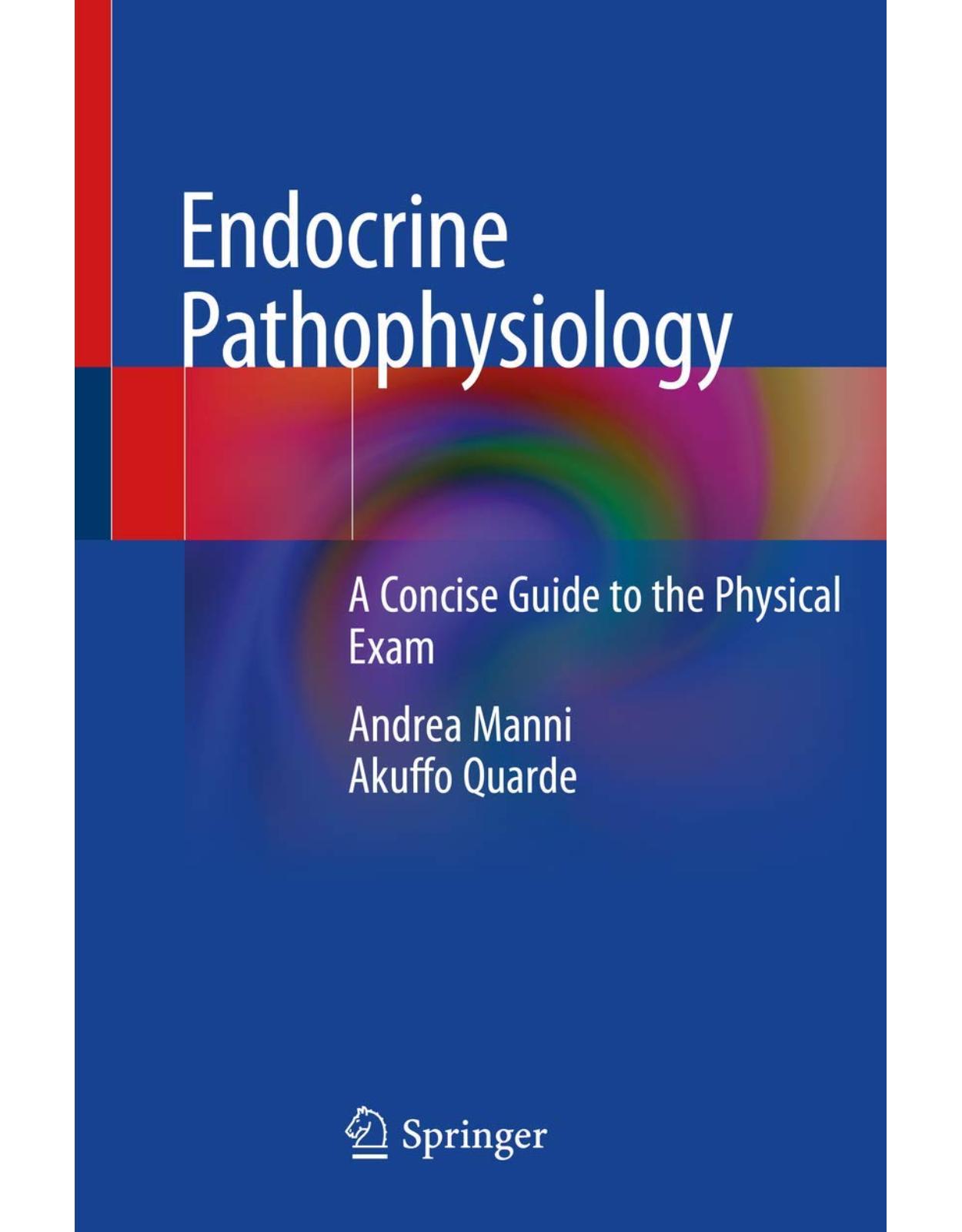
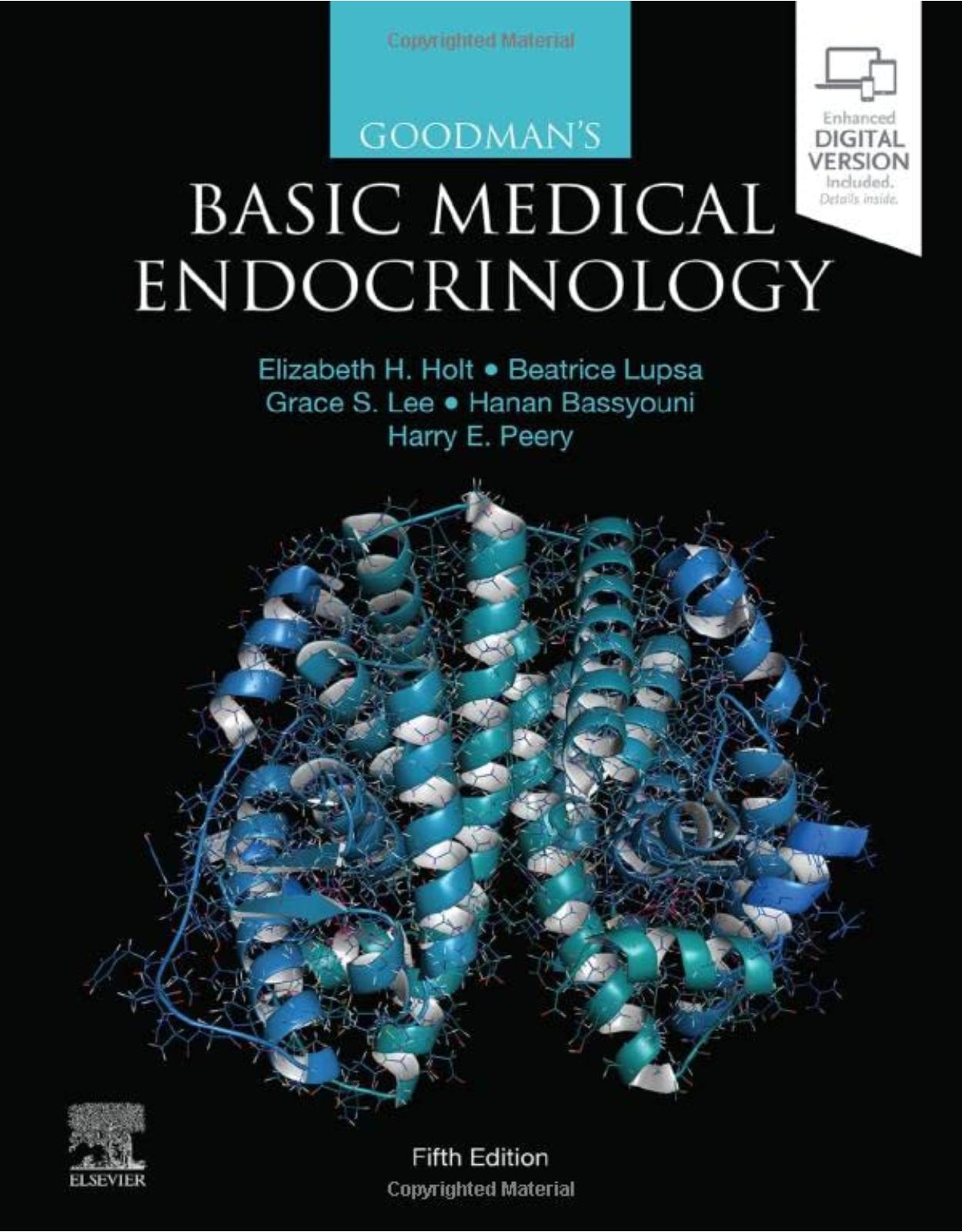
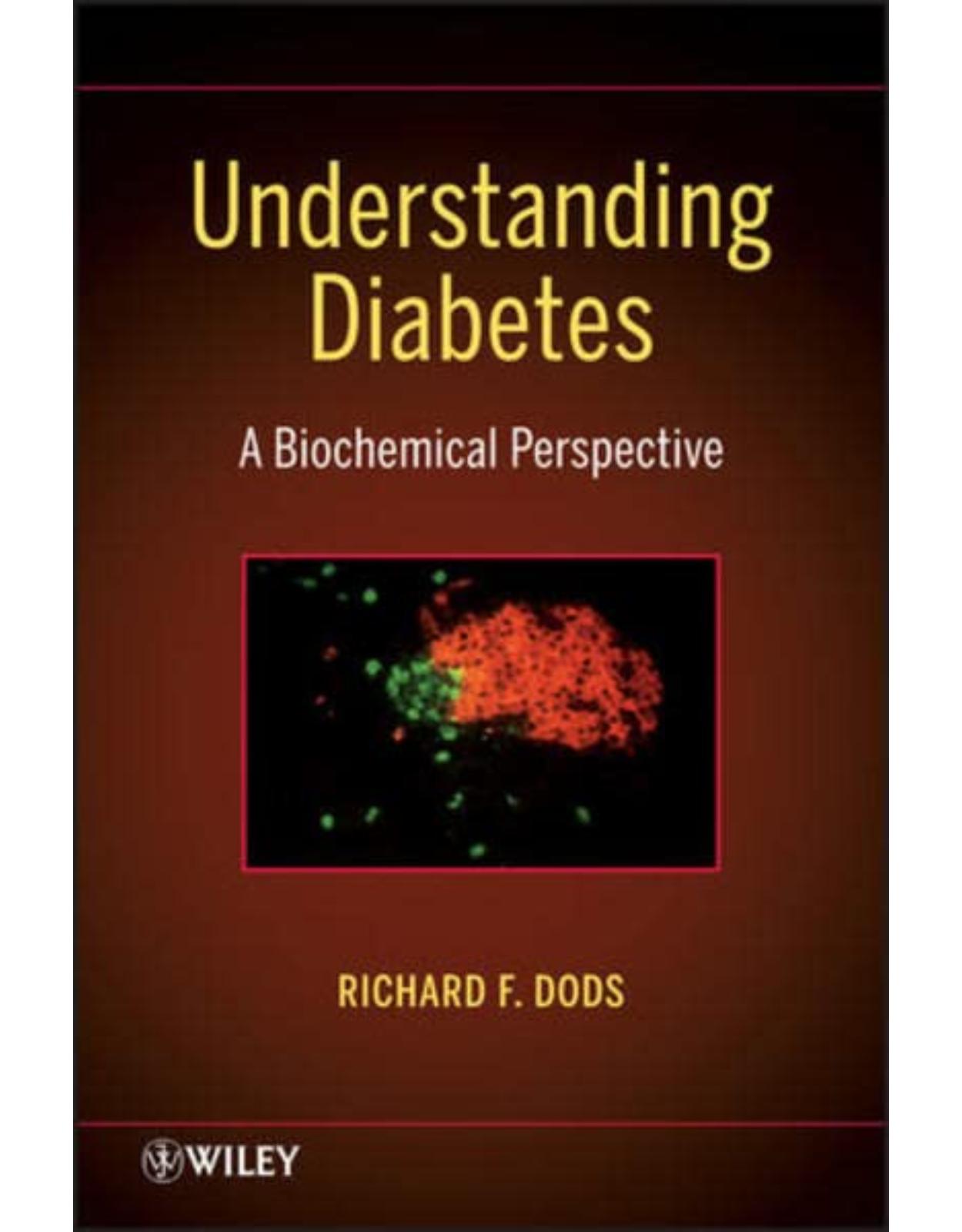
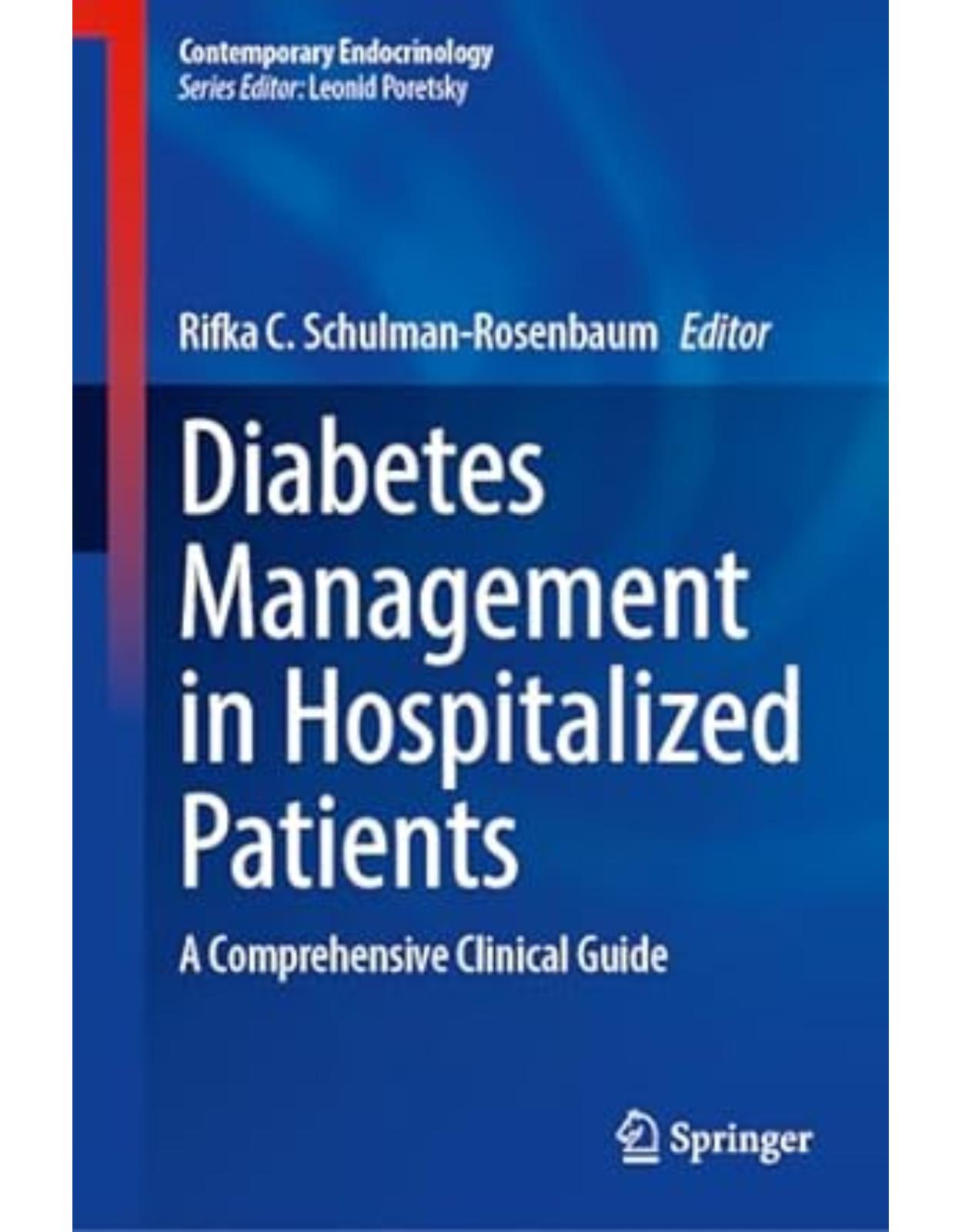
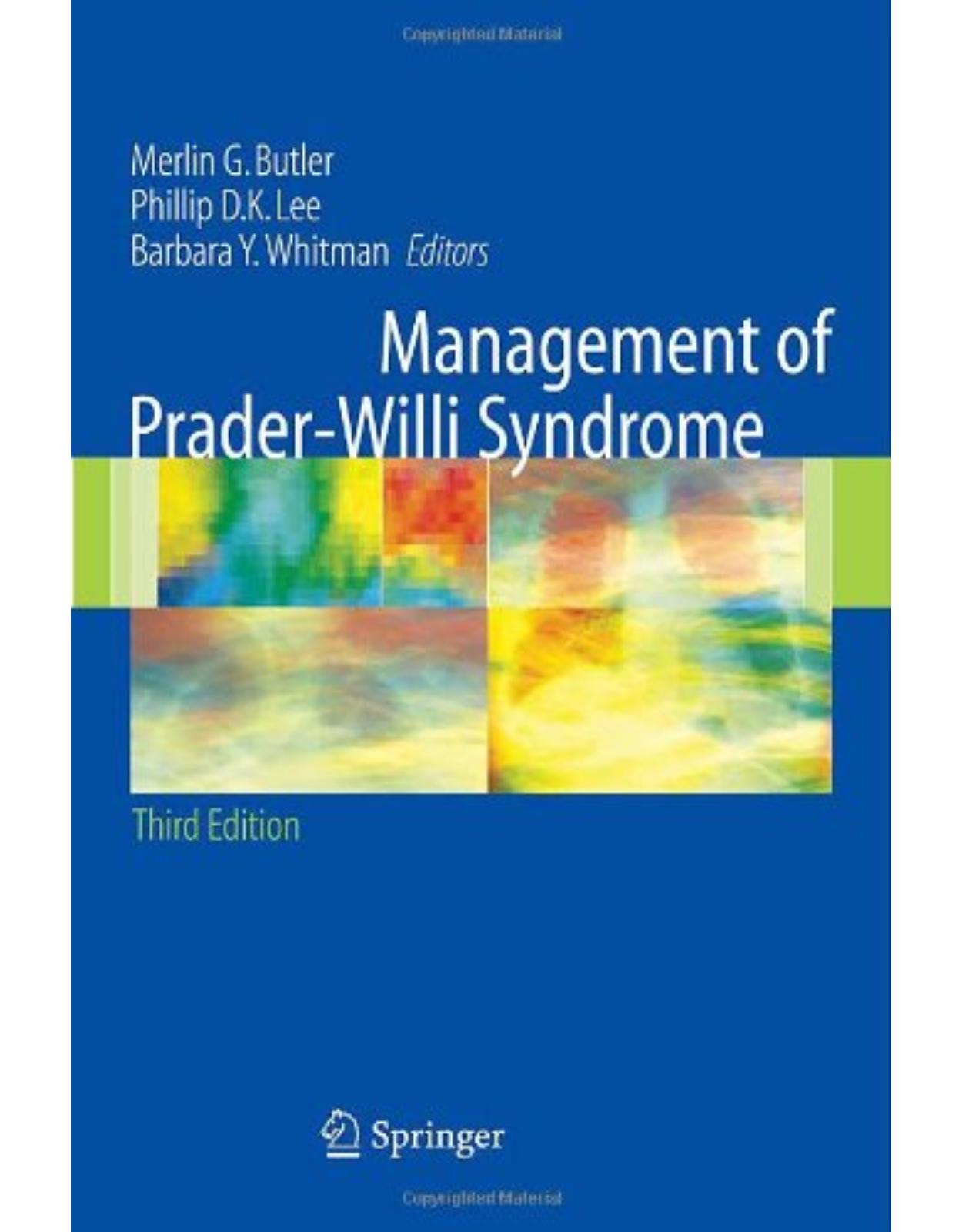
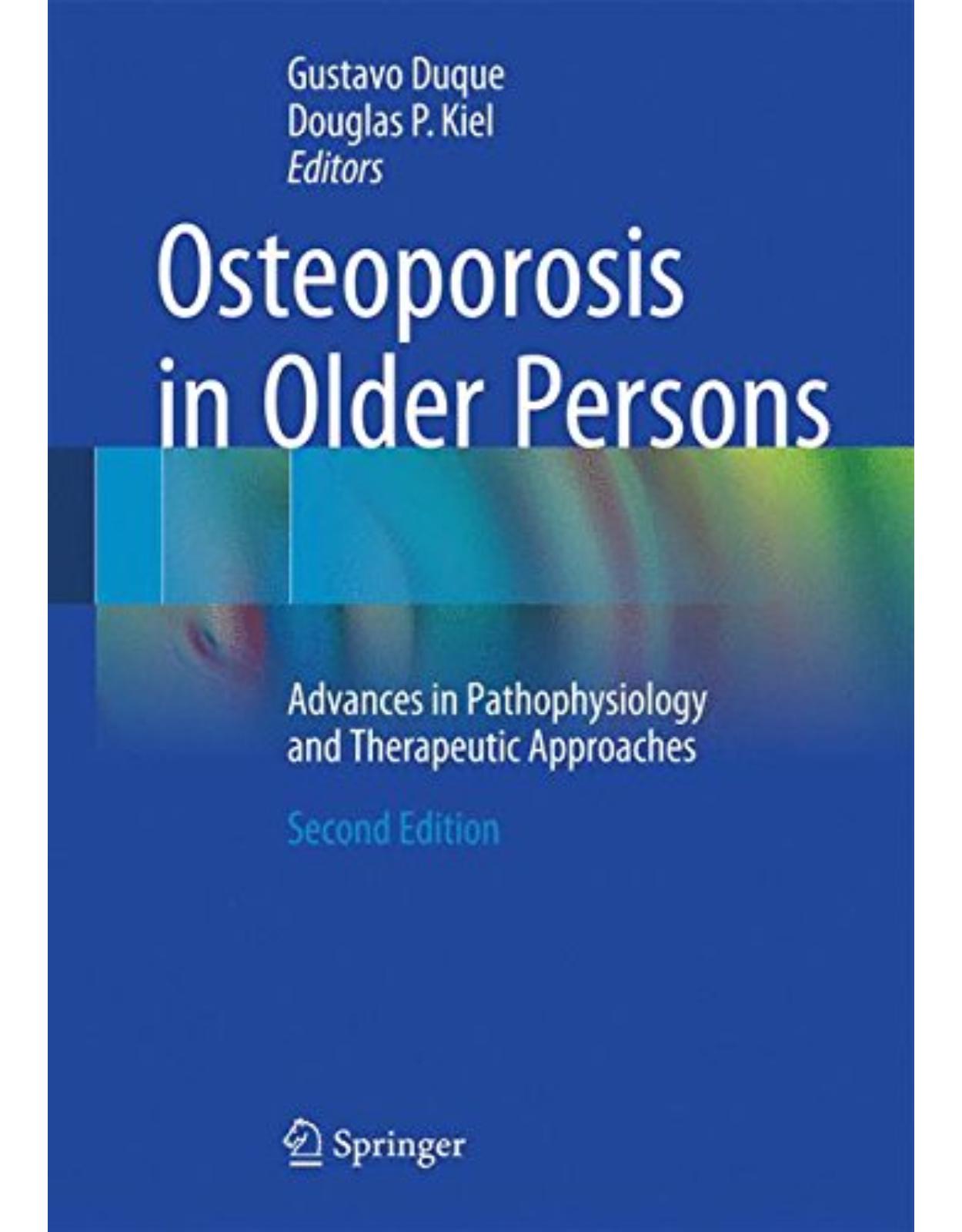
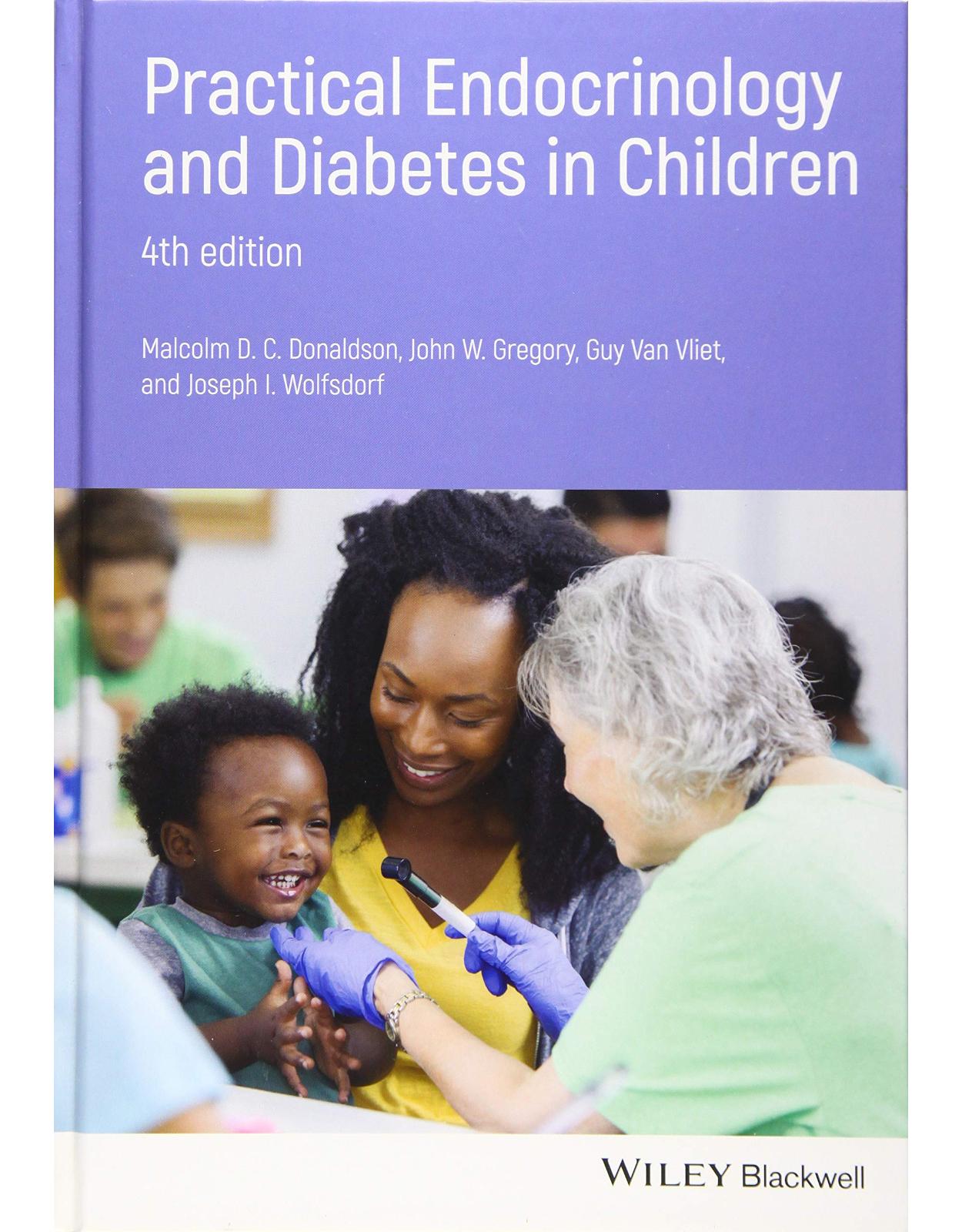
Clientii ebookshop.ro nu au adaugat inca opinii pentru acest produs. Fii primul care adauga o parere, folosind formularul de mai jos.